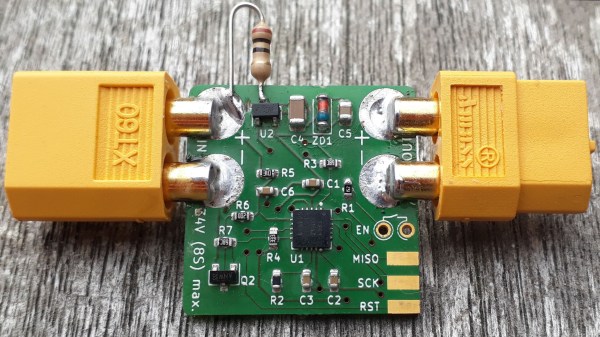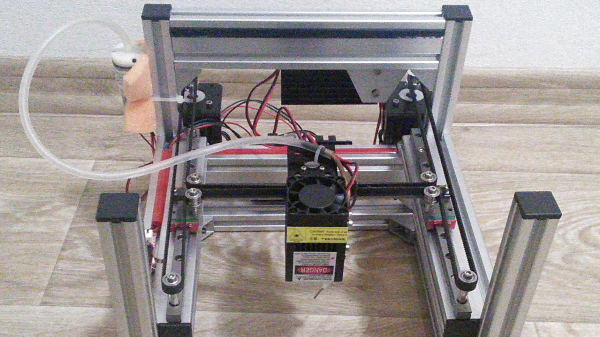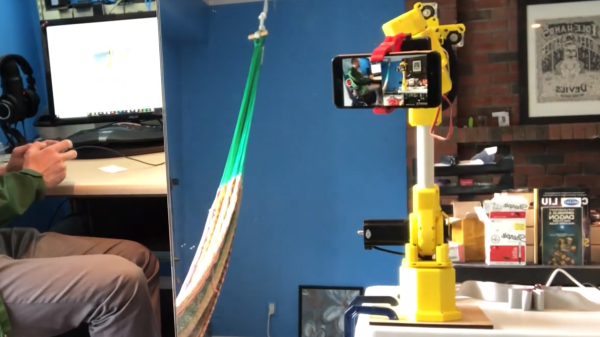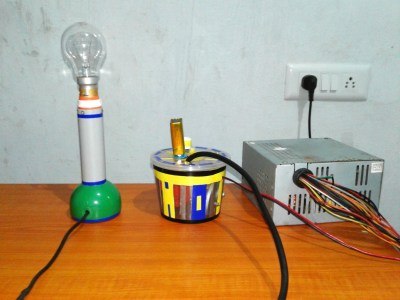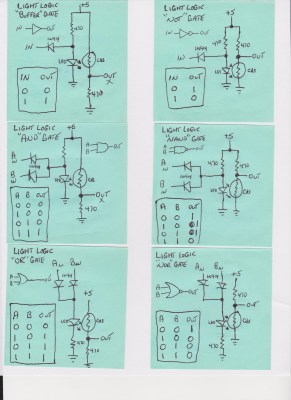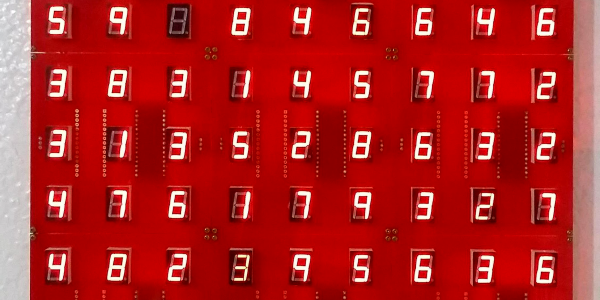We all know how important bees are to our ecosystems and [Kris Winer]’s bee monitor provides a great way to monitor these amazing but delicate creature’s habitats, hopefully alerting us before a disaster strikes a vital hive.
The board is based around LoRa sensor tile called Cicada but redesigned to make it smaller and cheaper. LoRa is a popular low-power wide-area network running on sub-Ghz bands designed exactly for applications like this. This board has a nice suite of sensors. It can detect UVA, UVB, and the visible spectrum of light. It can also observe the temperature, pressure, and humidity. Importantly for bees, the accelerometer can detect the various vibrations of the hive as well as disaster events like vandalism.
The data is all logged into a Cayenne dashboard which the prospective farmer could view and analyze from anywhere. [Kris] mentions that the board is relatively easy to re-spin with a different sensor suite depending on the application. Technology like this can go along way towards a more sustainable future.





